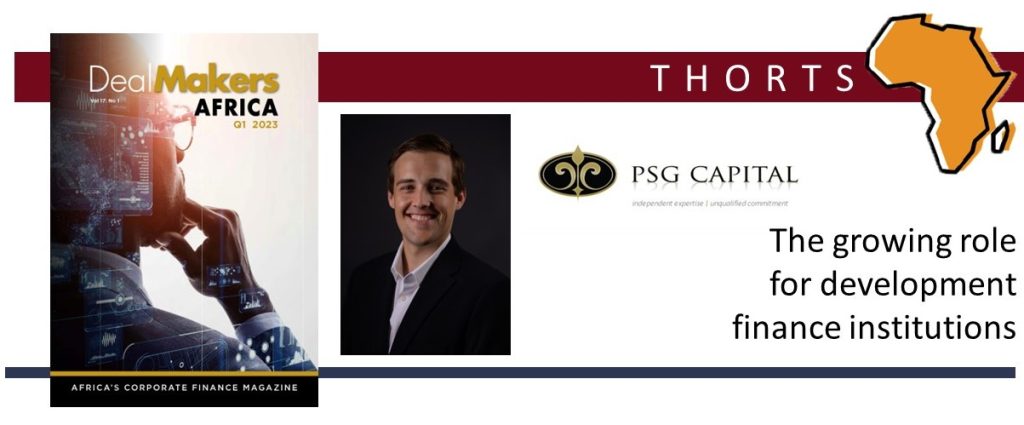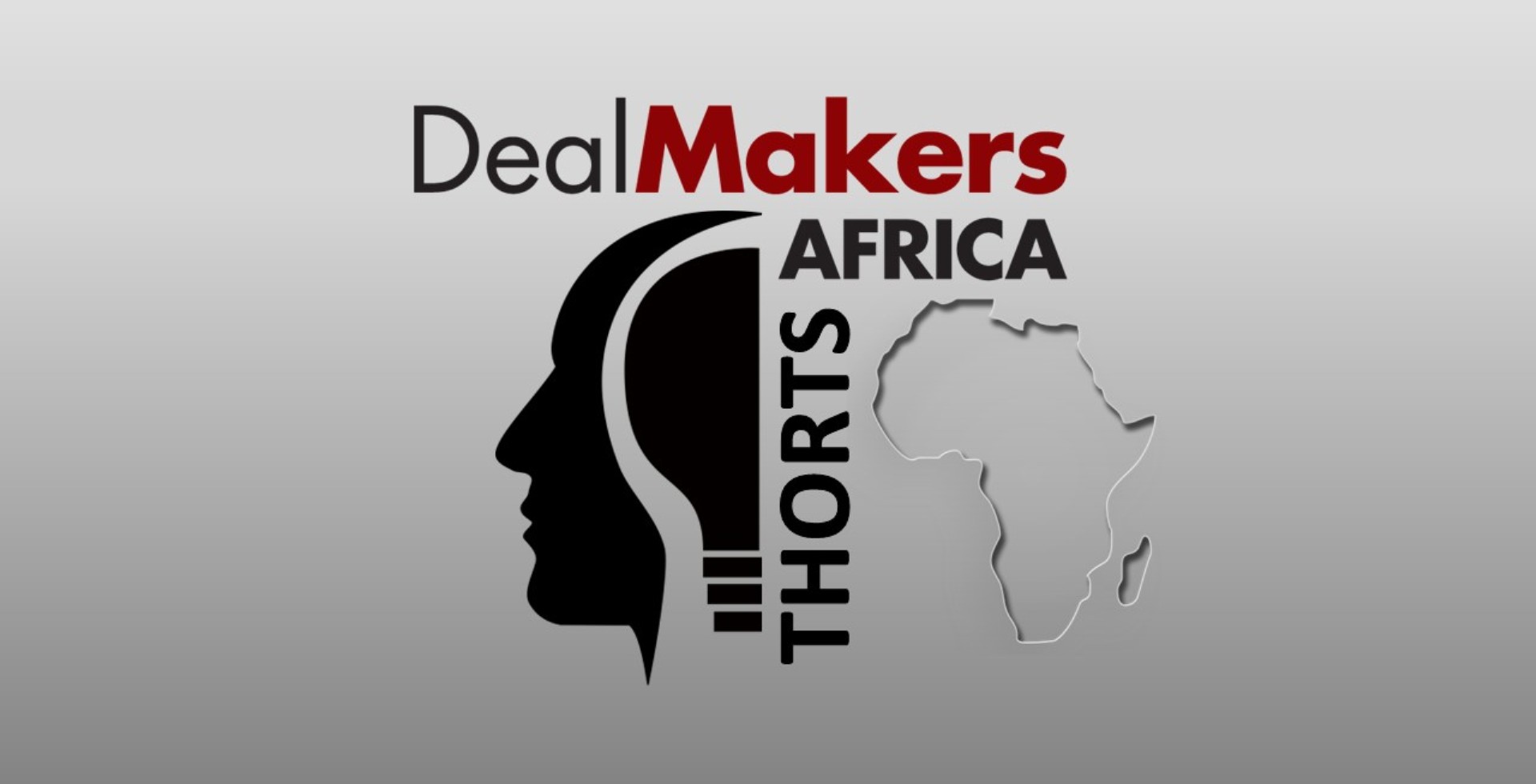According to United Nations (UN) forecasts, Africa is expected to nearly double its population to almost 2.4 billion inhabitants by 2050,1 with its share of the world’s population set to increase from approximately 15% to 24%.2 Many players are positioning themselves to capitalise on the continent’s expected population (read demand) boom. However, for Africa’s potential to be truly unlocked, its infrastructure would need urgent, mass development.
THE NEED
Africa lags its continental peers in the development of several infrastructure types, including, inter alia:
• Roads. Nearly a third of African countries are landlocked,3 which creates the need for efficient and reliable transport corridors. However, due to poor road infrastructure, the cost of transportation is around 50% to 175% higher than in other parts of the world.4 Only 31 kilometers of every 100 square kilometers of land is tarred in sub-Saharan Africa, which isolates inhabitants from basic services.5
• Ports. Africa has 15% of the world’s population, but accounts for just 4% of global container shipping volumes.6
• Electricity. In 2021, the International Energy Agency reported that 43% of Africa’s population lacks access to electricity,7 more than triple the global average.8
• Internet. Africa’s internet penetration (43%) also lags the global average of 66%.9
A GROWING SHORTFALL
According to an Africa Development Bank report published in 2018, Africa’s total infrastructure needs, at the time, amounted to US$130 – 170 billion a year, with a financing gap in the range of $68 – 108 billion.10 This problem has, since then, not been aided by “outlier” events such as COVID-19 and Russia’s invasion of Ukraine (nor the resulting spike in interest rates), which have either reduced or completely redirected funds intended for African infrastructure investment.
African infrastructure investment remains a key challenge. According to Deloitte, African governments have historically financed a large portion of the continent’s infrastructure development on balance sheet, with infrastructure rollout being constrained by budgetary restrictions. Furthermore, local banks are often not able to allow the extended loan repayment periods needed for long-term African infrastructure investments.11
DEVELOPMENT FINANCE INSTITUTIONS (DFIs) – A key role to play
DFIs12 are no strangers to Africa. It is reported that bilateral DFIs already have $81 billion invested in Africa, with a further $80 billion committed for investment in the private sector over the next five years, to support sustainable economic recovery and growth in Africa.13
In addition to pursuing investment returns, DFIs are also focused on fostering economic growth and sustainable development in developing countries.
Given their investment horizons, DFIs are able to make long-term equity investments. Furthermore, unlike many other financial institutions, DFIs can raise large amounts on international capital markets to provide equity investments or loans to companies or projects in developing countries. DFIs can offer borrowers flexible lending terms, such as lower interest rates, and longer repayment and grace periods to cater for their specific needs. This is vital to infrastructure projects that often take many years to complete or to show a return.
Through their investments, DFIs also create jobs at scale and improve job quality through capacity building programmes, implementing environmental, social and governance (ESG) and health and safety standards for investees. This will be welcomed, considering Africa’s widening job deficit where, annually, 15 million people enter the workforce but only 3 million formal jobs are created.14
With an increasing emphasis being placed on ESG investments globally, many DFIs are explicitly mandated to pursue investments that i) support ESG-related practices such as sustainable development, poverty reduction, and avoiding harming people and the environment; and ii) contribute to the UN’s Sustainable Development Goals agenda.
The trend of increasing DFI investment into Africa will assist the continent’s transition to greener, more sustainable forms of infrastructure on a large scale and, in doing so, improve the quality of life of its citizens. In turn, DFIs would, in accordance with their mandates, be able to deploy their funds into ESG positive projects in strong growth markets, generating attractive returns. Increased DFI funding into African infrastructure and the resulting benefit to economies could also serve as a catalyst to increase other private capital investment flows.
Africa’s economic growth and development are intrinsically linked to its infrastructure development. DFIs have great potential to focus on growth on the continent and, in doing so, to provide real benefit to African citizens.
Whether you are an African company seeking capital, or an investor wishing to invest in an African infrastructure project, a prudent first step would be to find a trusted adviser who is familiar with the African business landscape, to help navigate any potential pitfalls en route to future success.
- www.un.org/development/desa/pd/sites/www.un.org.development.desa.pd/files/wpp2022_ summ ry_of_results.pdf
- https://www.un.org/en/desa/world-population-projected-reach-98-billion-2050-and-112-billion-2100
- https://unctad.org/press-material/maritime-trade-and-africa
- https://www.riscura.com/wp-content/uploads/2021/03/Bright_Africa_Report_2019.pdf
- https://www.brookings.edu/blog/africa-in-focus/2021/03/17/figures-of-the-week-africas-spatial-distribution-of-road-infrastructure/
- https://realassets.ipe.com/infrastructure/african-infrastructure-the-biggest-esg-opportunity/10057728.article
- https://www.iea.org/reports/africa-energy-outlook-2022/key-findings
- https://ourworldindata.org/energy-access#:~:text=940%20million%20(13%25%20of%20 the,100%2Dfold%20across%20the%20world.
- https://www.statista.com/topics/9813/internet-usage-in-africa/#topicOverview
- www.afdb.org/fileadmin/uploads/afdb/Documents/Publications/2018AEO/African_Economic_Outlook_2018_-_EN_Chapter3.pdf
- www2.deloitte.com/content/dam/Deloitte/global/Documents/Energy-and-Resources/dttl-er-power-addressing-africas-infrastructure-challenges.pdf
- DFIs are financial institutions set up to finance projects in developing countries that would otherwise not be able to obtain financing from commercial lenders.
- https://cdn.one.org/africa/wp-content/uploads/2022/05/09170454/DFI_Report_2022.pdf
- https://cdn.one.org/africa/wp-content/uploads/2022/05/09170454/DFI_Report_2022.pdf
Johann Piek is a Director | PSG Capital

This article first appeared in DealMakers AFRICA, the continent’s quarterly M&A publication.
DealMakers AFRICA is a quarterly M&A publication.
www.dealmakersafrica.com



